Mastering the Modern Workspace with Communication Tools
Communication is no longer confined to office walls. Today, teams stretch across cities, countries, and time zones—relying on screens and apps to stay connected. Real-time chats have replaced traditional emails. Quick calls are now full-blown video meetings. What once took days now happens in minutes, thanks to powerful communication tools. The right platform doesn’t just send messages—it supports collaboration and keeps projects alive across any distance.
With so many options offering chat, video, file sharing, and integrations, choosing one can be overwhelming. However, knowing how each tool works helps you find the right fit for your team's workflow and goals.
Popular Communication Tools
These platforms form the digital backbone of how modern teams connect, collaborate, and get things done—whether across the office or the globe.
Slack
Slack reshaped workplace communication with its channel-based setup, replacing clunky email threads with organized, real-time chats. Each channel focuses on a specific topic, project, or team, keeping conversations easy to track. Its true power lies in integration—tools like Google Drive, Trello, and GitHub connect smoothly, letting you manage tasks without leaving the app.
You can share files, drop voice notes, start huddles, or automate actions—all within a single workspace. Slack also encourages team culture with custom emojis and informal banter. Still, if not organized well, its flood of notifications and channels can become overwhelming. It works best when used intentionally, with clear structure and etiquette.
Zoom
Zoom became the go-to video platform as remote work surged. More than just video calls, Zoom supports meetings, webinars, and large-scale conferences. Its clean interface, strong video quality, and dependable performance, even on weak networks, make it a favorite. Join links, waiting rooms, and mute controls are easy to use and widely understood.
Beyond meetings, Zoom includes tools like whiteboards, transcriptions, and collaborative features that boost teamwork. Security features have improved over time, with encryption and advanced controls now built in. Though it may feel like overkill for quick chats, Zoom excels for teams that rely on regular face-to-face communication and detailed virtual sessions.
Microsoft Teams
Microsoft Teams is a full-scale collaboration hub that is especially powerful for companies that are already using Microsoft 365. It combines chat, video calls, file sharing, and app integrations into a single workspace. With deep links to Word, Excel, and OneDrive, you can work on documents right inside your conversations. Channels organize work into clean spaces, while meetings connect smoothly with Outlook.
Once you’re used to it, Teams can handle nearly everything in one spot. The interface can feel dense and takes getting used to, but it’s feature-rich and highly secure. It’s ideal for larger organizations that need structured communication, strong IT control, and integration with Microsoft tools.
Google Meet
Google Meet offers a simple, effective solution for video calls—especially for teams using Google Workspace. It integrates directly with Google Calendar, making scheduling seamless. One-click access, screen sharing, and real-time captions make it accessible to all users. Its interface is clean and distraction-free, supporting features like background noise reduction, hand-raising, and breakout rooms.
While it doesn’t pack as many extras as Zoom or Teams, it’s a solid choice for quick meetings and daily updates. When used alongside Google Docs, Sheets, or Slides, it shines during collaborative work sessions. For teams already immersed in Gmail and Drive, Google Meet fits in perfectly.
Other Noteworthy Tools
While Slack, Zoom, Teams, and Meet dominate the mainstream conversation, several other tools cater to specific communication needs.
Discord has found a surprising foothold beyond gaming. It’s casual, voice-driven, and perfect for communities or startups that prefer informal, always-on conversations. Its server structure allows flexible channels, roles, and integrations.
Twist focuses on asynchronous communication. Instead of pushing for real-time replies, it encourages thoughtful, organized discussions. For remote teams working across time zones, this model reduces pressure and helps people respond on their own time.
Loom introduces a different angle: async video messaging. Sometimes, it’s easier to explain something by showing your screen and talking. Loom makes it easy to record and share video updates, walkthroughs, and feedback, saving time otherwise spent on calls.
ClickUp Chat and Notion's new communication layers also blend project management with internal communication, reducing the need to switch between apps.
Each of these tools brings something unique to the table. Whether it's the way they handle messages, enable voice, or support video, they carve out a niche based on how people want to connect and collaborate.
Choosing the Right Tool
Picking the right communication tool depends on your team's size, workflow, preferences, and existing tools. There’s no universal answer. Start by asking what kind of communication matters most. Do you need quick chats or structured discussions? Daily calls or monthly check-ins? Is screen sharing important, or is written communication enough?
For teams that move fast and value informal collaboration, tools like Slack or Discord might be a better fit. If your work revolves around scheduled meetings and formal workflows, Zoom or Google Meet might serve better. For those deeply embedded in a platform—like Microsoft 365 or Google Workspace—it’s usually best to stick within the ecosystem for smoother integration.
Also, consider scalability. A tool that works for ten people might fall apart at fifty without proper channels or user management. Look at how permissions, search, integrations, and notifications work. Communication tools aren’t just about talking—they’re about managing the flow of information without creating chaos.
One more factor is team culture. Some teams thrive on emojis and banter, while others want focused, minimal interaction. Choose tools that match your team's tone and pace, not just what's trending.
Conclusion
Choosing the right communication tools can transform how your team works. From Slack’s real-time messaging to Zoom’s reliable video calls, each platform offers a unique way to stay connected. Microsoft Teams brings structure, while Google Meet offers simplicity. The key is matching the tool to your workflow and culture. When used intentionally, these tools help reduce friction, improve clarity, and support stronger collaboration—no matter where your team is located. Communication, done right, becomes the silent driver behind productive, connected teams.
Related Articles
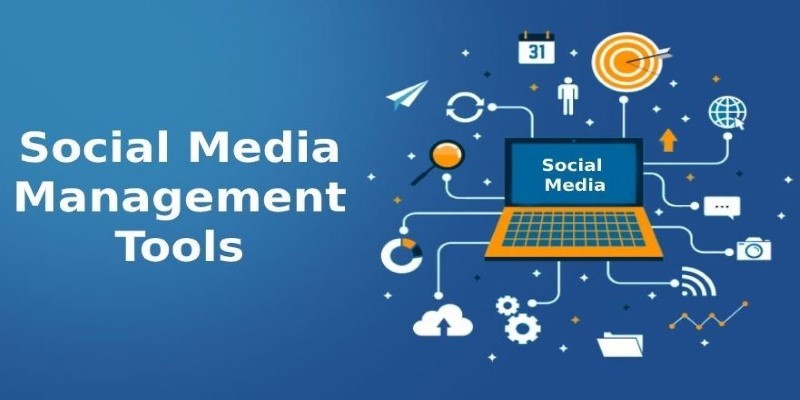
Streamline Your Workflow with These Powerful Social Media Platforms
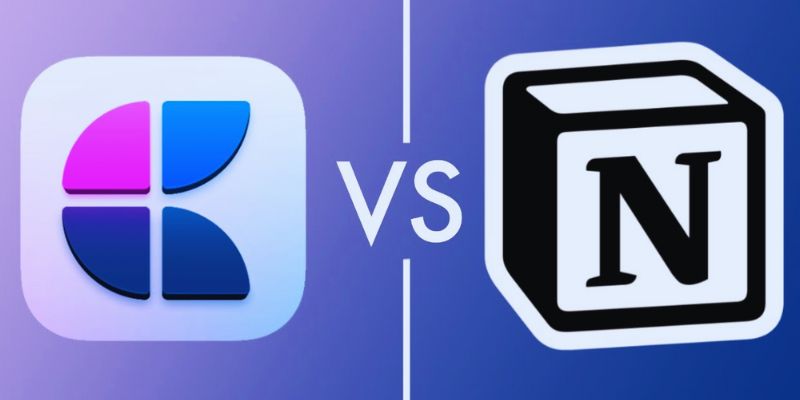
Craft vs. Notion: A Detailed Comparison to Find the Best Option
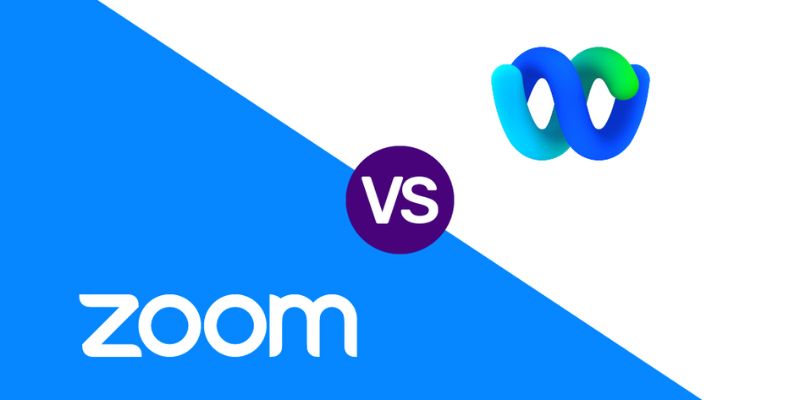
Webex vs. Zoom: The Ultimate Guide to Choosing the Right Platform
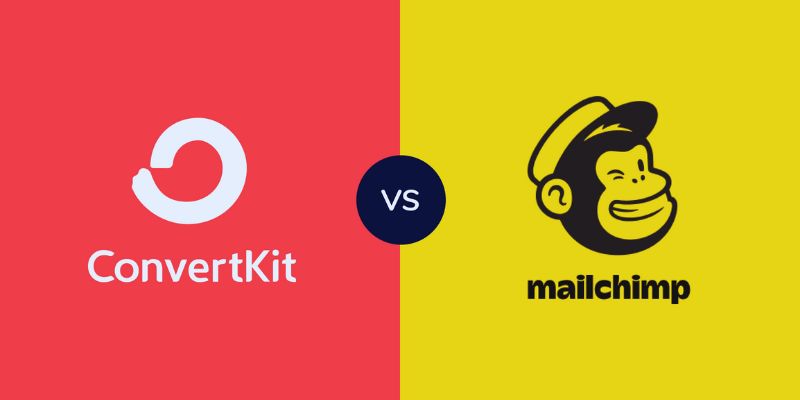
Choosing Between ConvertKit and Mailchimp: Which One is Right for You

Upgrade Your Email Experience: The 7 Best Email Clients for Windows
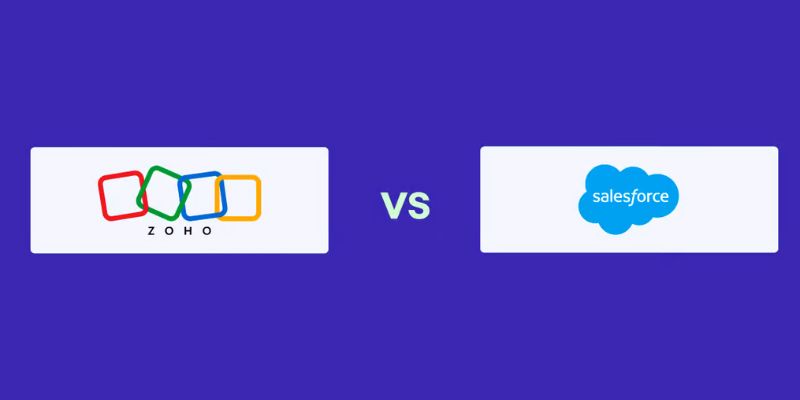
Zoho vs. Salesforce: A Detailed Comparison to Choose the Best CRM

Deciding Between Zendesk and Salesforce: A Comprehensive CRM Guide

The Best Project Management Tools for 2025: Trello, Asana, and More
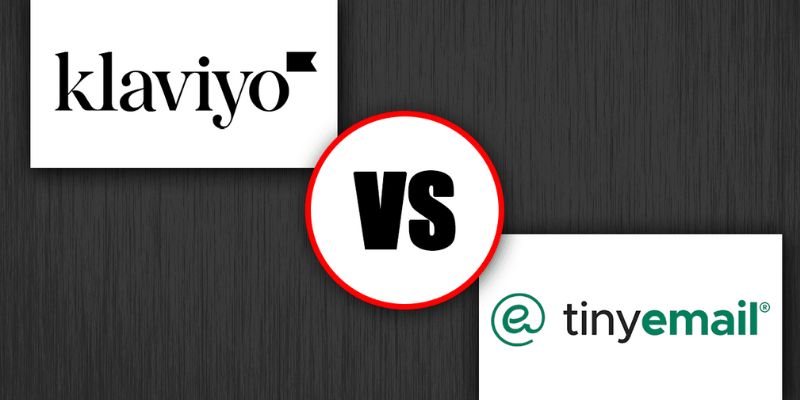
Klaviyo vs. tinyEmail: Which is Best for Your Email Marketing
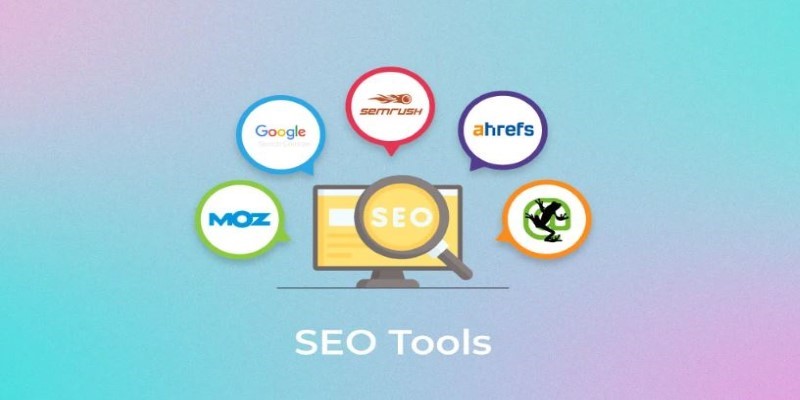
Ahrefs, SEMrush, and More: Essential SEO Tools for Success

Wix vs. Weebly: A Detailed Comparison to Find the Best Website Builder

 knacksnews
knacksnews